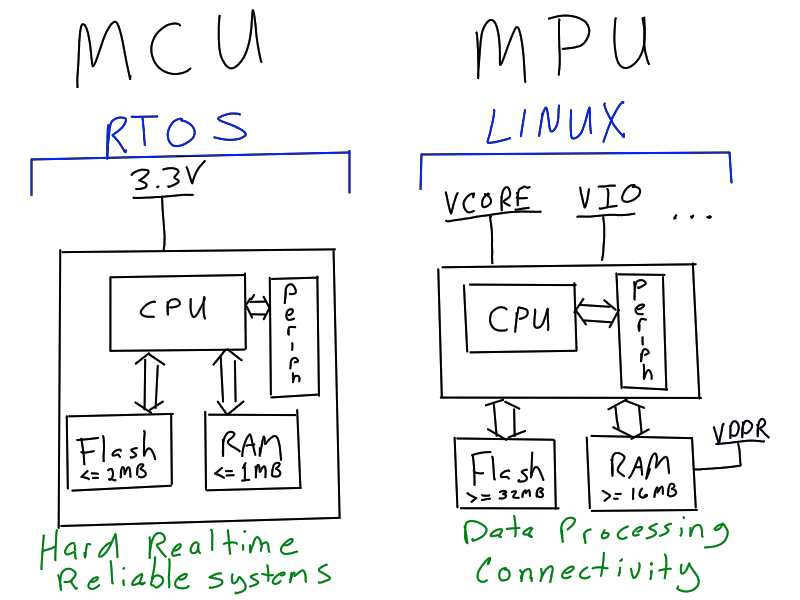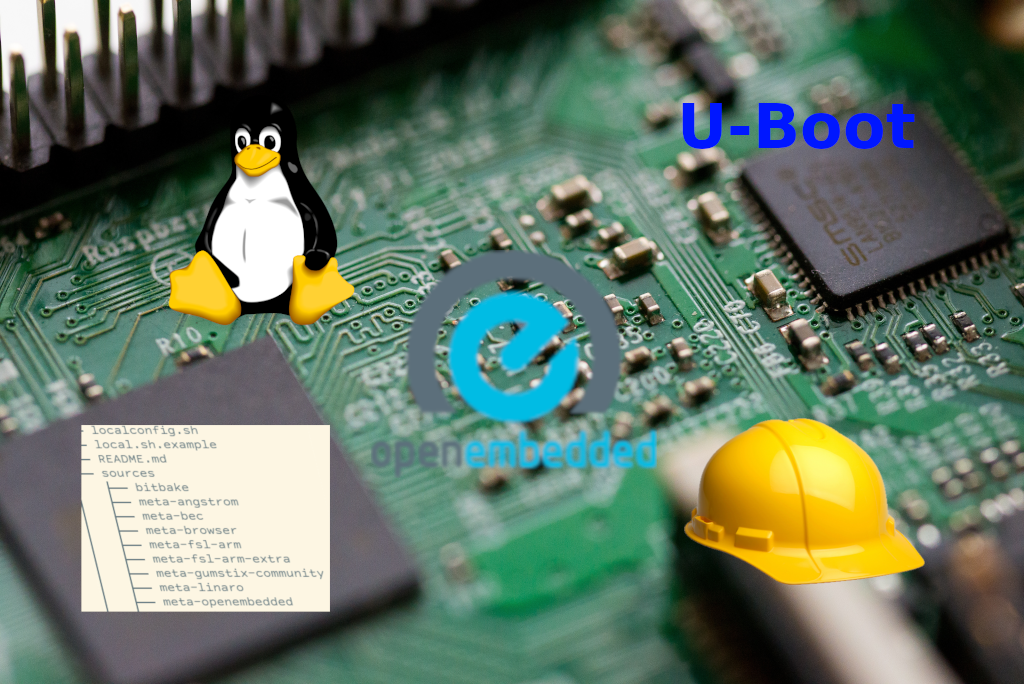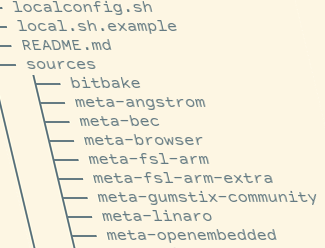(note, the article is also applicable to the i.MX6ULL as these processors are very similar)
The NXP i.MX6UL application processor has a very flexible pin multiplexer, that is somewhat difficult to understand at first glance. Most times when we’re configuring the pin mux in Linux, we modify Device Tree files, so perhaps that is the place to start. The pin mux options for the i.MX6UL are defined in the arch/arm/boot/dts/imx6ul-pinfunc.h file. The arguments to the macros in this file are defined as:
/*
* The pin function ID is a tuple of
* <mux_reg conf_reg input_reg mux_mode input_val>
*/
Read More »Understanding the NXP i.MX6UL Pin Mux






